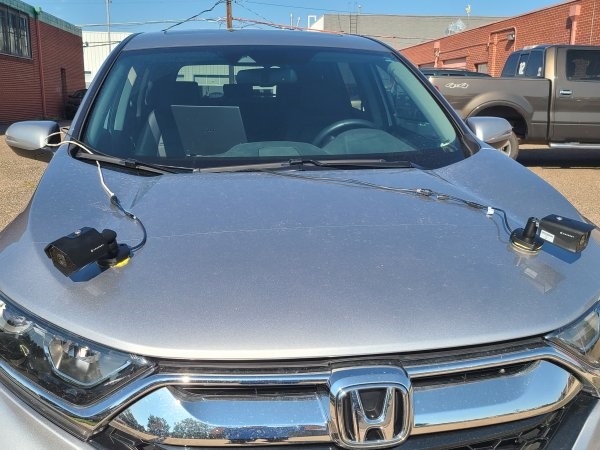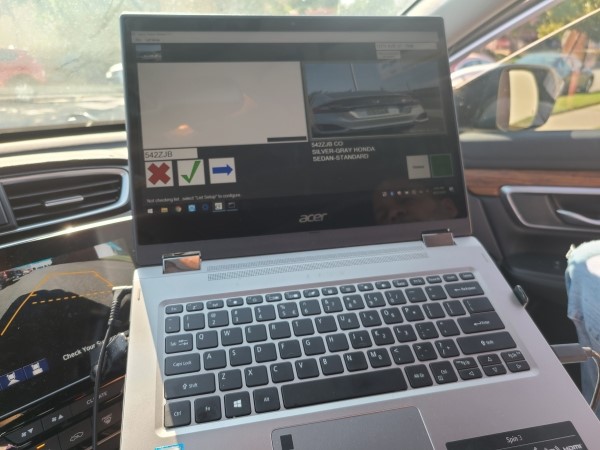A new way of identifying vehicles introduced by Clancy Systems, Inc.
This Vision technology is a giant leap in vehicle identification and enforcement. Using a
basic cell phone and the interface to Clancy's cloud artificial intelligence, a complete vehicle
capture can be effected in seconds. The data DNA includes date, time, officer ID, plate number,
state, make, body type, color, and the address by GPS geocode. The photos become part of the
record. There is no additional cost to clients for this vehicle DNA technology.
A simple cell photo does it all.
The first to use drones for parking enforcement
Expanding on the technology
Watch our four minute video, then call us - 303-759-4276
Using the Vision technology, fixed cameras are mounted to read entrances and exits to parking locations.
The system captures location, date, time, direction, plate, make and model for tracking of such data as of length of stay
or validation of electronic payment systems. Redunant camera are strategically placed for optimal reads.
The vehicle DNA information can be easily passed to fee computer systems, occupancy
systems, and has remote enforcement capability.
**NEW** Another spin off of the technology is our MOBILE system.
The system is made up of:
• 2 cameras mounted to a vehicle (in this example we used magnetic mounts)
• A laptop computer in the car
• An inverter 12V to 110VAC
• A network hub
• A cellular modem (we're using a cell phone hot spot - works just fine)
Our fixed camera system records the vehicles passing by the camera. The mobile system is exactly the same technology but the camera is passing by the vehicles. In testing we've driven at 18-20 MPH and recorded vehicles on both side of the aisle.


Frictionless, Touchless, Seamless
This immediately integrates into the ticket issuance program to fill out a parking citation. The
magic to the program is how quickly and accurately the program works. The officer validates
the information and selects the violation. There is no need for expensive fleet mounted cameras
or external equipment and software to knit the data fields together.
See the article in Parking Today